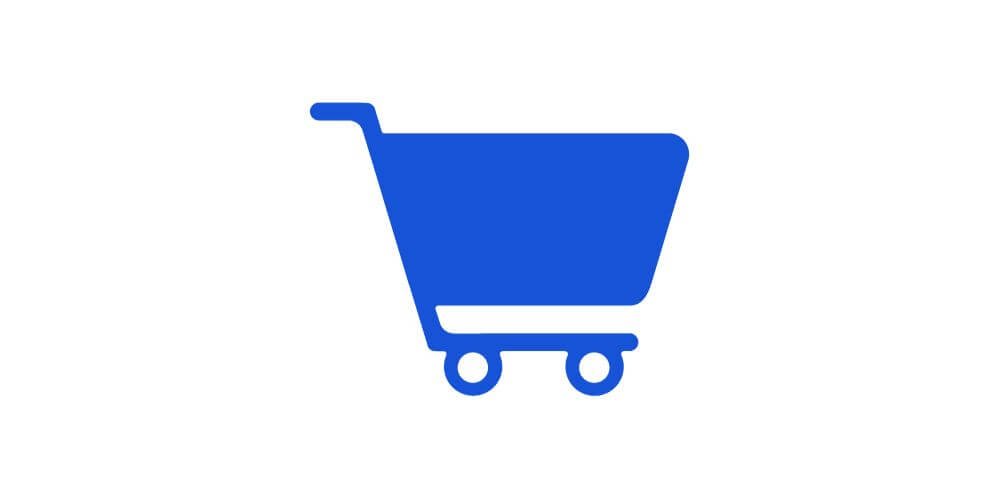In this blog post, I’ll show you how to sell digital products online effectively to maximize your earnings.
How to Sell Digital Products Online
Selling digital products online has become a lucrative venture in today’s digital age.
The ability to reach a global audience and generate passive income makes it an attractive option for entrepreneurs and creators.
If you’re wondering how to sell digital products online successfully, you’ve come to the right place.
In this guide, I will walk you through the steps to set up and grow your digital product business.
Table of Contents
Choosing the Right Digital Products

To sell digital products online, it is important to choose the right product you want to sell. Below are two ways that will help you achieve this.
Identifying your niche
One of the first steps in selling digital products online is identifying your niche. What are you passionate about, and where do your skills and expertise lie?
Selecting a niche that aligns with your interests will not only make the process more enjoyable but also position you as an authority in that space.
Evaluating market demand
While passion is essential, it’s equally important to assess market demand.
Research your chosen niche to understand whether there’s a demand for the digital products you plan to create.
Utilize market research tools and competitor analysis to gain insights into your target audience’s needs.
Creating High-Quality Digital Products

Design and development
Your digital products should stand out in terms of quality. Whether it’s e-books, online courses, or software, invest time and effort in designing and developing products that offer real value to your customers.
High-quality products lead to satisfied customers and positive reviews.
Content creation
Content is king in the digital world. Ensure your digital products are well-written, visually appealing, and easy to understand.
Clear and concise content enhances the user experience and encourages repeat business.
Setting Up Your Online Store

After creating your product, the next step is for you to do is set up your online store.
Selecting a platform
Choosing the right platform to sell your digital products is crucial. Options like Shopify, WooCommerce, and Gumroad offer various features and pricing structures.
Consider your needs, budget, and customization requirements when making your decision.
Designing your store
A user-friendly and visually appealing online store is more likely to convert visitors into customers.
Customize your store’s design to align with your brand and make navigation seamless for potential buyers.
Adding payment options
Provide multiple payment options to cater to a broader audience. Ensure secure payment processing to build trust with your customers.
Pricing Your Digital Products

Pricing is an essential element when it comes to selling any product, more especially when selling online. Here are two ways you can choose competitive pricing for your products.
Competitive analysis
Research your competitors to determine the pricing landscape in your niche. While offering competitive prices is essential, don’t undervalue your products.
Focus on delivering value, and customers will be willing to pay a premium.
Value-based pricing
Consider the value your digital products provide to customers. Pricing should reflect the benefits customers will gain, whether it’s knowledge, convenience, or entertainment.
Marketing and Promotion Strategies

To sell digital products online, you need to market like “CRAZY”. It is the only way your business can survive competition. Here are three ways to promote your online store.
Content marketing
Create valuable content related to your niche to attract potential customers.
Blog posts, videos, and podcasts can showcase your expertise and draw in your target audience.
Social media promotion
Utilize social media platforms to engage with your audience and promote your digital products.
Share customer testimonials and success stories to build credibility.
Email marketing
Build an email list and nurture your subscribers with valuable content and exclusive offers.
Email marketing is a powerful tool for converting leads into customers.
Selling on Third-Party Platforms
You can also leverate third-party platforms if you want to achieve high success.
Diversifying your sales channels can help you reach a broader audience. Use third-party platforms strategically to complement your own online store.
Consider selling your digital products on third-party platforms like Amazon or Etsy. While these platforms offer built-in audiences, be aware of fees and restrictions that may apply.
Building Trust with Customers
Building trust with your customers is one of the keys to your success. You can do this through reviews and support.
Customer reviews and testimonials
Encourage satisfied customers to leave reviews and testimonials. Positive feedback builds trust and credibility, making it easier to attract new customers.
Providing exceptional support
Offer excellent customer support to address inquiries and issues promptly. A positive customer experience can lead to repeat business and referrals.
Handling Transactions and Delivery
Security and delivery timelines are essential for your online success. Consider the following two options.
Secure payment processing
Ensure your payment processing system is secure to protect customer data and financial information.
Automated delivery
Implement automated delivery systems to provide customers with instant access to digital products upon purchase.
Analytics and Improvement
Always analyze the performance of your store and make adjustments where necessary.
Monitoring sales and performance
Regularly analyze sales data and customer behavior to identify areas for improvement.
Optimize your strategies based on insights to increase sales and customer satisfaction.
Continuous improvement
In the digital landscape, adaptability is key. Stay updated with industry trends and technology advancements to ensure your digital products remain relevant and competitive.
Legal Considerations

To sell digital products, you need to be aware of legal issues. Make sure to sell products you have the rights.
Copyright and intellectual property
Understand and respect copyright laws and intellectual property rights. Ensure your digital products don’t infringe on others’ copyrights.
Terms and conditions
Draft clear terms and conditions for your digital product sales, outlining refund policies, licensing terms, and usage restrictions.
Scaling Your Digital Product Business
You don’t want your store to be stagnant when started. You need to consider taking it to the higher level and below are two ways to achieve this.
Scaling strategies
Once your digital product business gains traction, explore scaling strategies such as product diversification, expanding your team, and automating processes.
Outsourcing tasks
Consider outsourcing tasks that are outside your expertise, allowing you to focus on growing your business strategically.
Final Thought
In conclusion, selling digital products online can be a highly profitable venture if you approach it with the right strategy and mindset. By following the comprehensive guide outlined above, you’ll be well on your way to establishing a successful digital product business that not only generates revenue but also provides value to your customers.
Remember that the journey to selling digital products online is not without its challenges, but with dedication and continuous learning, you can overcome them. Stay adaptable, keep an eye on industry trends, and be open to refining your approach as needed.
The world of digital entrepreneurship offers immense opportunities for those willing to put in the effort. Whether you’re an aspiring author, a skilled designer, or an expert in a particular field, there’s a digital product waiting to be created and shared with the world. So, take the leap, start your digital product journey, and watch your online business flourish.
I hope this guide has provided you with valuable insights and actionable steps to kickstart your digital product business. If you have any further questions or need additional guidance, don’t hesitate to seek assistance from experts in the field or join online communities of like-minded individuals.
Remember, success in selling digital products online is not just about making sales; it’s about building a brand, fostering trust, and creating lasting relationships with your customers. So, go ahead and embark on your digital product-selling adventure with confidence and enthusiasm.
Frequently Asked Questions
Q: How do I choose the right digital product?
A: Assess your skills and interests, conduct market research, and identify a niche with both demand and personal passion.
Q: What are the best platforms for selling digital products?
A: Popular platforms include Shopify, WooCommerce, Gumroad, and third-party options like Amazon and Etsy.
Q: How can I market my digital products effectively?
A: Utilize content marketing, social media promotion, and email marketing to reach and engage your target audience.
Q: What legal precautions should I take when selling digital products?
A: Understand copyright and intellectual property laws, and establish clear terms and conditions for your products.
Q: How can I scale my digital product business?
A: Explore scaling strategies like product diversification, team expansion, and process automation.
Q: What are the common challenges in selling digital products online?
A: Common challenges include competition, marketing saturation, and maintaining product quality and relevance.
SEO Meta Description:
Learn how to sell digital products online effectively with our comprehensive guide. Discover strategies for choosing, creating, marketing, and scaling your digital products business.




